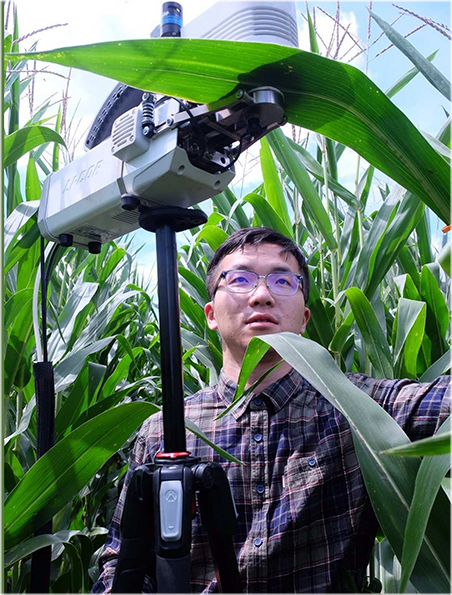No one wants to control fertilizer and pesticides more than farmers. A new simulation says pre-growing season weather and its impact on soil nitrogen may provide a clue. The agroecosystem model known as ecosys was used to understand how temperature and precipitation in the pre-growing season impacted soil inorganic nitrogen content and yield. It can simulate carbon, water, and nutrient cycles. They found found wetter pre-growing seasons reduced soil nitrogen through leaching. With no added fertilizer in spring, a pre-season uptick in precipitation led to yield reductions between 5 and 14%. But with spring fertilizer applied at about 150 lb nitrogen per acre, the 2018 average rate in Illinois, heavy pre-season precipitation still dropped yield by 1-3%.
“In our analysis, we found applying more fertilizer can mitigate and even eliminate the yield loss induced by excess pre-growing-season precipitation. Based on our model, if an Illinois farmer applies 150 lb of nitrogen per acre, the 1-3% yield loss can be prevented by adding about 16 lb more nitrogen,” according to Ziyi Li, doctoral researcher at University of Illinois Urbana-Champaign and lead author on the study.

Ziyi Li analyzing leaf tissue in the field
In colder-than-normal pre-growing seasons, soil inorganic nitrogen – and end-of-season yield – declined due to reduced soil microbial activity and enhanced leaching. But in this case, adding extra fertilizer in spring may not do much.
“The effects of cold pre-growing season temperatures on yield cannot be eliminated by adding additional fertilizer,” Li says. “That’s because the temperature not only affects the nitrogen content in soil, but also seems to limit early growth in ways that affect yield potential, even if weather returns to normal later.”





Comments